|
History
Gakken is a Japanese is publishing company founded in 1947. Although their main revenue stream is magazine, Gakken decided to dabble with educational toys in the 70s. One of their most successful endeavors was the Denshi block, a plastic block containing an electronic component that can be assembled to create complex electronic patterns. The Denshi blocks were sold with electronic toys such as the Gakken EX-System.
Like many other companies at the time, Gakken decided to enter the video game market 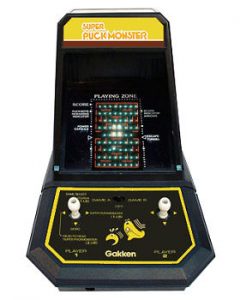 in 1980. Between 1980 and 1983, Gakken released a ton of handhelds and tabletop game, the most notable being Super Puck Monster, a Pac-Man clone, that was later licensed by Coleco and released as the Coleco Pac-Man mini arcade. In 1983, the home video game console and microcomputer market was blooming in Japan. Since Gakken had licensing deals for a number of games by that time, they saw an opportunity to release a device in both segments. The microcomputer project was ultimately cancelled.
in 1980. Between 1980 and 1983, Gakken released a ton of handhelds and tabletop game, the most notable being Super Puck Monster, a Pac-Man clone, that was later licensed by Coleco and released as the Coleco Pac-Man mini arcade. In 1983, the home video game console and microcomputer market was blooming in Japan. Since Gakken had licensing deals for a number of games by that time, they saw an opportunity to release a device in both segments. The microcomputer project was ultimately cancelled.
At the time, the Epoch Cassette Vision had 70% of the market share while the other more advance systems like the Arcadia 2001, the Intellivision, the Odyssey2 or the Epoch Cassette TV Game (Atari 2600) only capture a fraction of the market due to their high retail price. Gakken decided to use the same approach as the Epoch Cassette Vision by creating a low-cost video game system. In October 1983, the Compact Vision TV Boy was officially released in Japan at a price of ¥8,800
Compact Vision TV Boy (TVボーイ)
The timing of the release of the Compact Vision TV Boy could not have been worst. In July, Nintendo released their flagship product, the Nintendo Famicom. Priced at ¥14,800 they were cheaper than the other high-end product like the Atari while being way more powerful. Epoch who had seen this day coming also release a trim down version of its popular Cassette Vision called the Cassette Vision Jr.The new iteration was sold at ¥5,000. At the time of the release of the Compact Vision TV Boy, the Epoch Cassette Vision was cheaper and had more games, letting little to no space to another low-cost system. This is especially true as even if the Gakken console had a better resolution, it could display fewer colors on the screen, making the system less appealing. The ergonomic of the console was also very unusual, making the system even less appealing.
The system was released alongside six games, but due to the low sell numbers, was rapidly cancelled, making it one of the rarest Japanese video game consoles out there.
Technology
Like many systems of its generation, the Compact Vision TV Boy does not have a CPU built-in in the console. Instead, each cartridge had its own CPU, ROM and RAM. The console had only a Motorola MC6847 video processor, 2K of RAM and the controller while the cartridges would contain a Motorola MC6801 8-Bit CPU and the ROM .
Games
Only 6 games were released for the console. Each game was sold for ¥3,800. The game Urban War 200X Year was tentatively called Apocalypse.
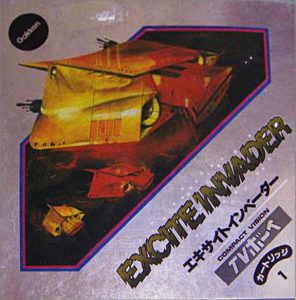 | 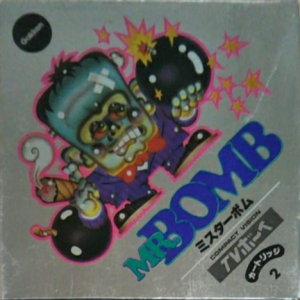 | 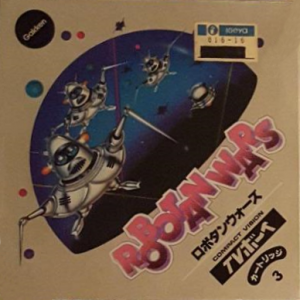 |
| Excite Invaders #1 [Watch] | Mr. Bomb #2 | Robotan Wars #3 |
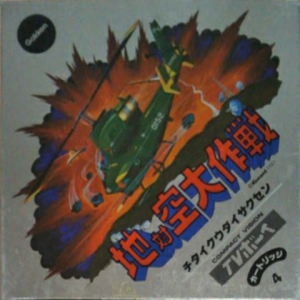 | 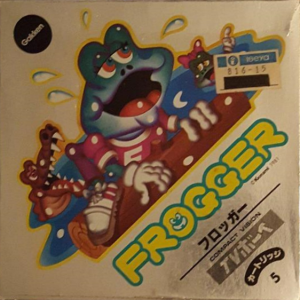 | 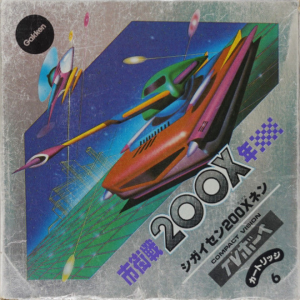 |
| Super Cobra 地対空大作戦 #4 | Frogger #5 | Urban War 200X Year #6 |
Games
Only 6 additional games were planned for the console:
 |  | 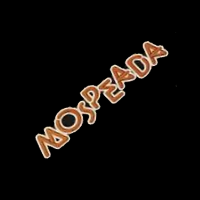 |
| Amidar | Jungler | Mospeada |
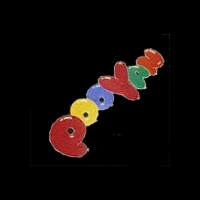 | 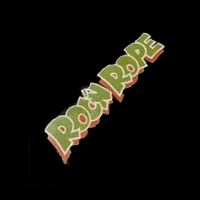 | 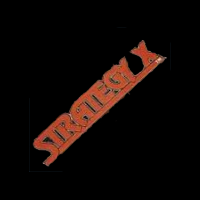 |
| Pooyan | Roc’n Rope | Strategy X |
Japanese Ads for the Compact Vision TV Boy

